Search
Achemon Sphinx Moth Caterpillars
Achemon sphinxe caterpillars (Eumorpha achemon) feed on wild grape, Virginia creeper, and related vines.
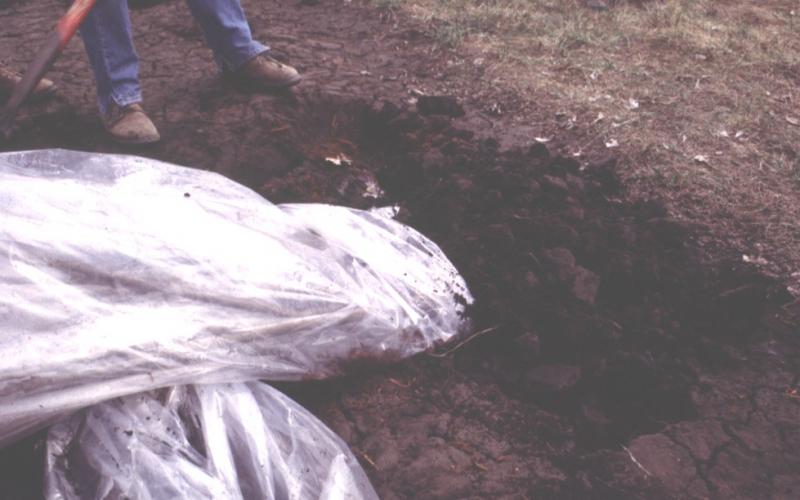
Planting Bare-Root Trees
Bare-root is an excellent means of planting a tree.
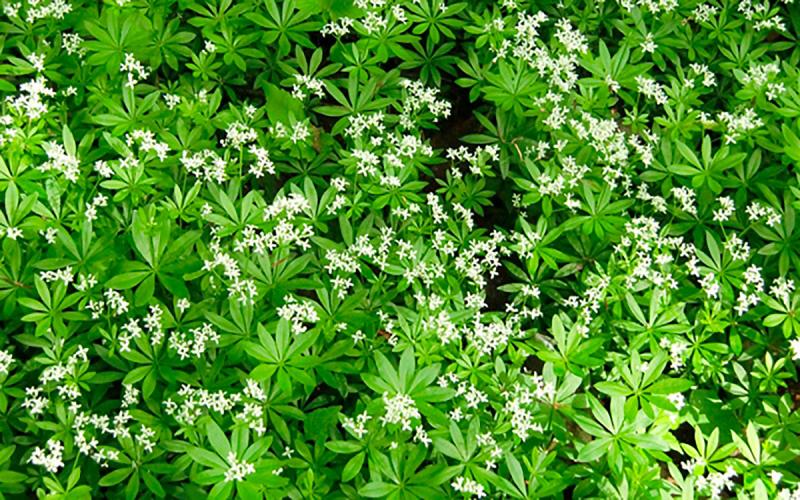
Sweet Woodruff: Attractive Groundcover for Shady Gardens
Sweet Woodruff (Galium odoratum) is an attractive plant that makes a finely textured ground-cover perennial for shade gardens.
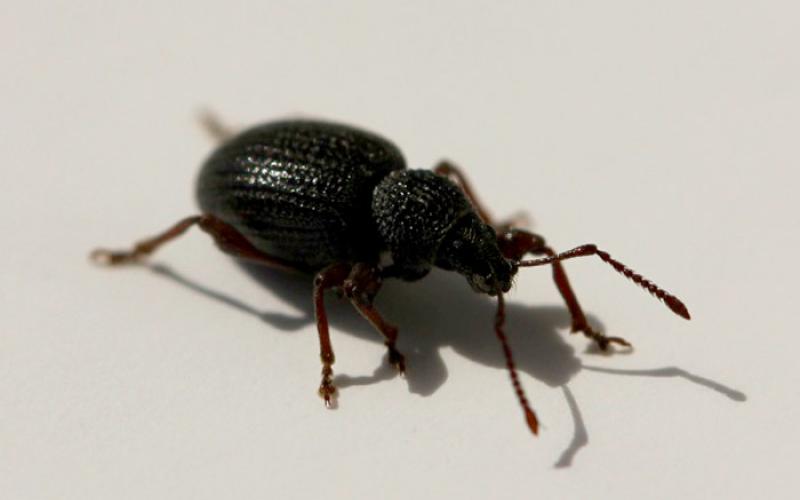
Root Weevils & Imported Longhorned Weevils Finding Their Way Inside
We have been receiving reports of small, black insects that are observed crawling up bathroom walls, hanging out in basements, or otherwise finding their way inside.

Baptisia: A Hardy, Flowering Perennial
Baptisia (Baptisia australis) is an herbaceous perennial known for its hardiness and for its early-Spring blossoms. Its other common names include False Indigo, Blue Indigo, and Wild Indigo.
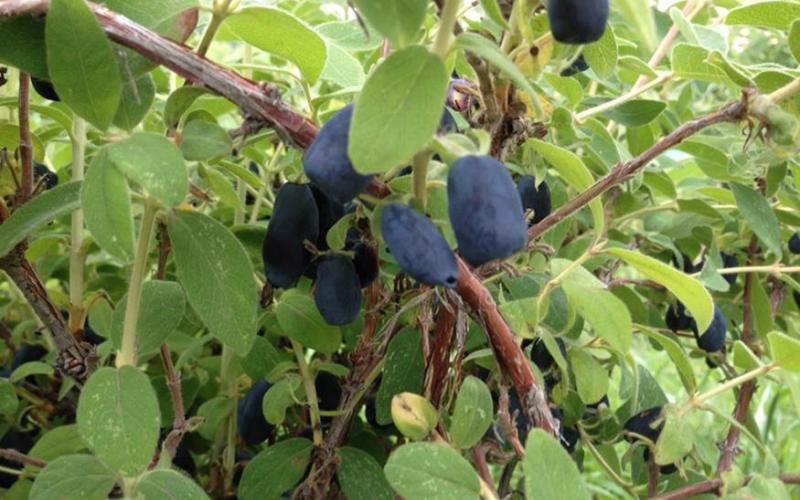
Honeyberries: A New Fruit for Your Garden
Honeyberries, shrubs with fruit resembling elongated blueberries, are gaining in popularity in northern climates.
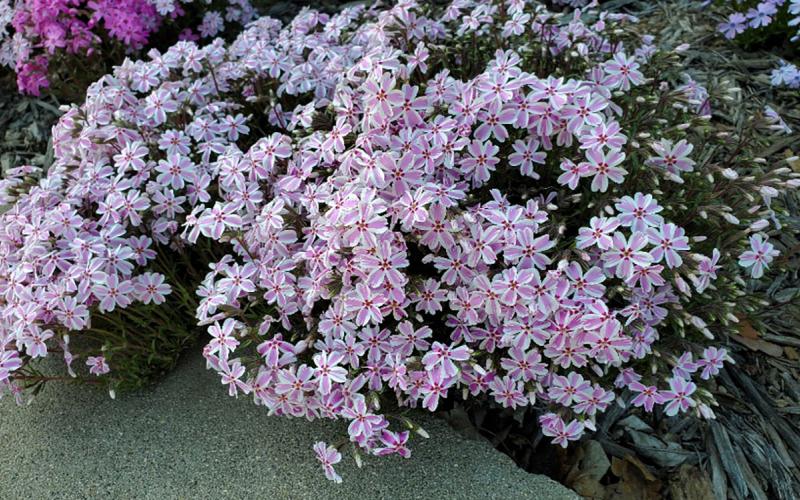
Perennial Ground Covers for Sunny Gardens
Do you have any large areas of bare soil in the garden, or perhaps a location that is difficult to mow? Consider planting perennial ground covers to fill in extra space in your sunny location!
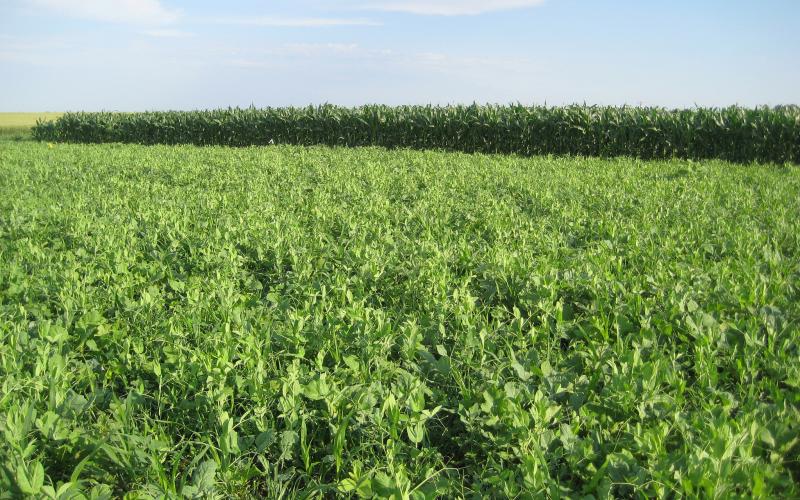
Cover Crop Usage in South Dakota is on the Rise
The number of South Dakota producers who use cover crops has been increasing at an accelerating rate over the past ten years.
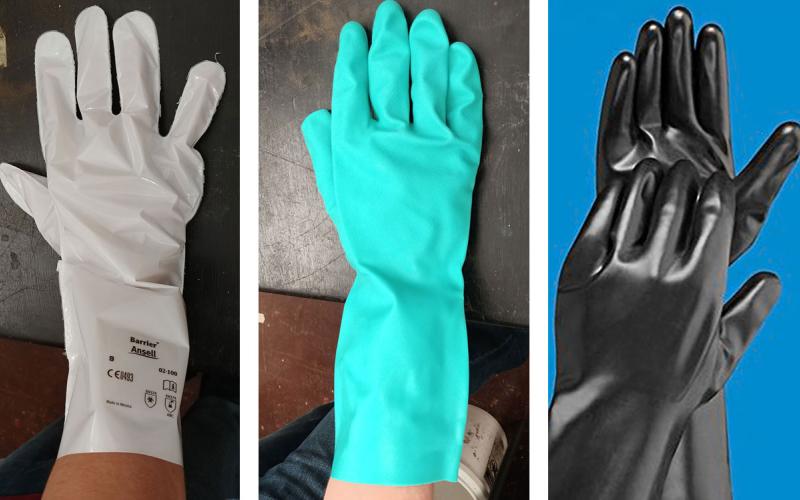
Pesticide Personal Protective Equipment: Glove Selection
Safety gloves are one of the most-important pieces of pesticide personal protective equipment. Glove material is very important, as not all materials provide the same protection for different pesticide ingredients.

How to Properly Launder Insecticide-Contaminated Clothes
It is important to prevent insecticide exposure from occurring when laundering contaminated or potentially contaminated clothing.